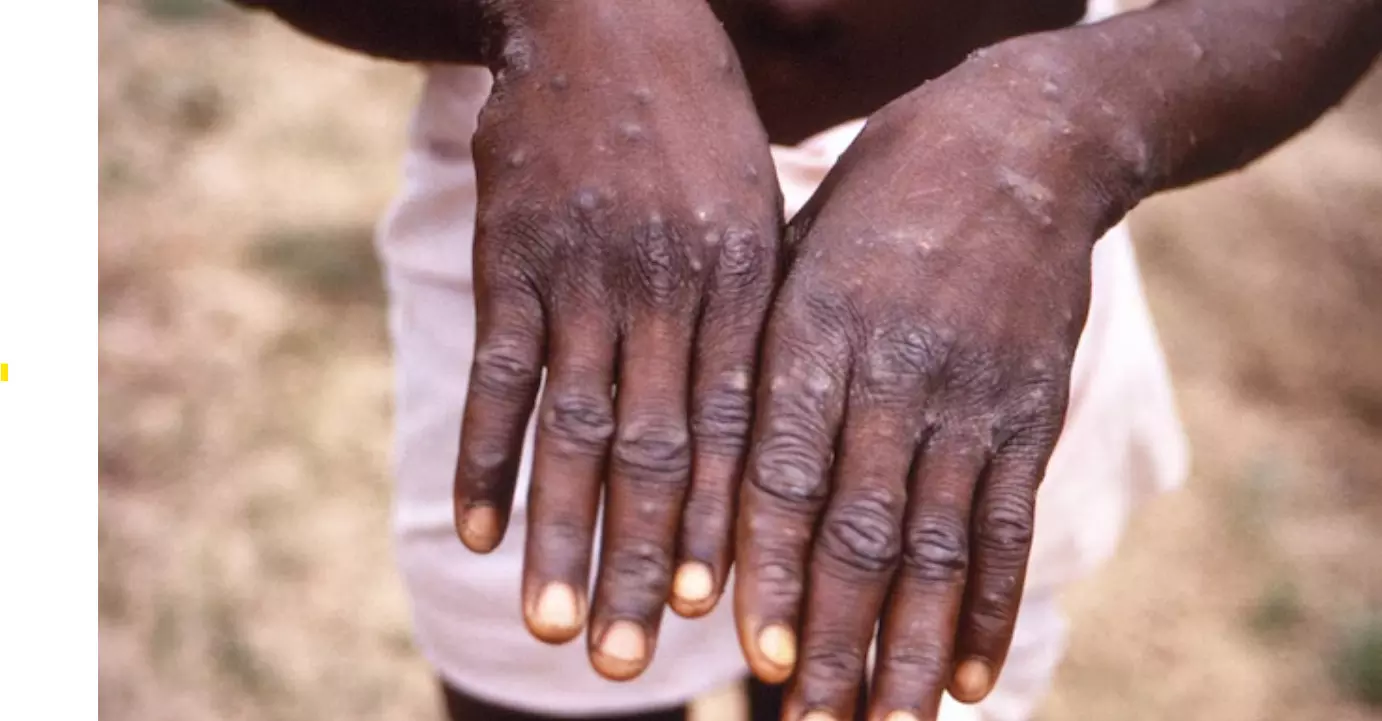Threatening resurgence

Last month, the World Health Organisation (WHO) declared a global public health emergency due to the alarming spread of a novel variant of the monkeypox virus, known as clade 1b. This variant has quickly made its presence felt in regions of Africa where it had never been detected before, and cases have already been reported in countries as far as Sweden, Thailand, Pakistan etc. The unfolding situation echoes the initial stages of the 2022 global mpox outbreak, but the stakes this time seem to be much higher. India, in total, has reported 30 mpox cases since 2022—with the latest one recorded in March 2024. Though the spread has been limited in the country, authorities are on high alert, and rightly so, given its contagious and lethal nature.
The Democratic Republic of Congo (DRC), which has long been a hotspot for monkeypox virus, now finds itself battling two simultaneous outbreaks—the older clade Ia and the newly emergent clade 1b. Deviating from its predecessor, clade 1b has displayed a threatening tendency to spread more efficiently among humans, with sexual contact being one of the prominent channels. Needless to say, this abrupt change in transmission dynamics has led to a precarious situation, as the virus has moved beyond its traditional zoonotic origins, where infections primarily occurred through contact with wild animals. The statistics are telling. In the DRC alone, around 18,000 suspected cases of mpox have been reported this year, with at least 600 deaths potentially linked to the disease. The severity of the crisis is exacerbated by the fact that many of the victims are children, who are especially vulnerable to the severe complications of mpox. The clade 1b virus, with its apparent higher transmissibility and lethality, has caused a major strain on healthcare infrastructure in affected regions. It is also reported that secondary health conditions, such as untreated HIV and malnutrition, have the potential to catalyse the impact of the virus, making things far more complex.
The situation is further made worse by the lack of effective vaccines. Although vaccines developed against smallpox have shown some efficacy against clade II mpox, their effectiveness against clade I—particularly in African populations—remains largely untested. The global response has largely been sluggish. It may be recalled that wealthy nations prioritised their own populations during the 2022 outbreak, leaving Africa in a silo to face the consequences. This perhaps could be one of the reasons behind the evolution of the more virulent clade 1b strain that has come to haunt us today
The WHO has called for rapid access to diagnostic tests and is urging manufacturers to submit their products for emergency review. However, the supply of vaccines remains woefully inadequate. While countries like the United States, Japan, and members of the European Union have pledged doses, the numbers fall far short of the 10 million doses that experts believe are necessary to contain the outbreak. The delay in vaccine distribution has left the DRC and neighbouring countries vulnerable, with no clear timeline for when they might receive the critical supplies needed to stem the spread of the virus. It is hard time that the global community ensures greater vaccine equity. Apart from prioritising the needs of low- and middle-income countries, It should also invest in strengthening health infrastructure to prevent future outbreaks. The rise of zoonotic diseases like mpox is a clear sign that in our interconnected world, no country is safe until all countries are safe.



